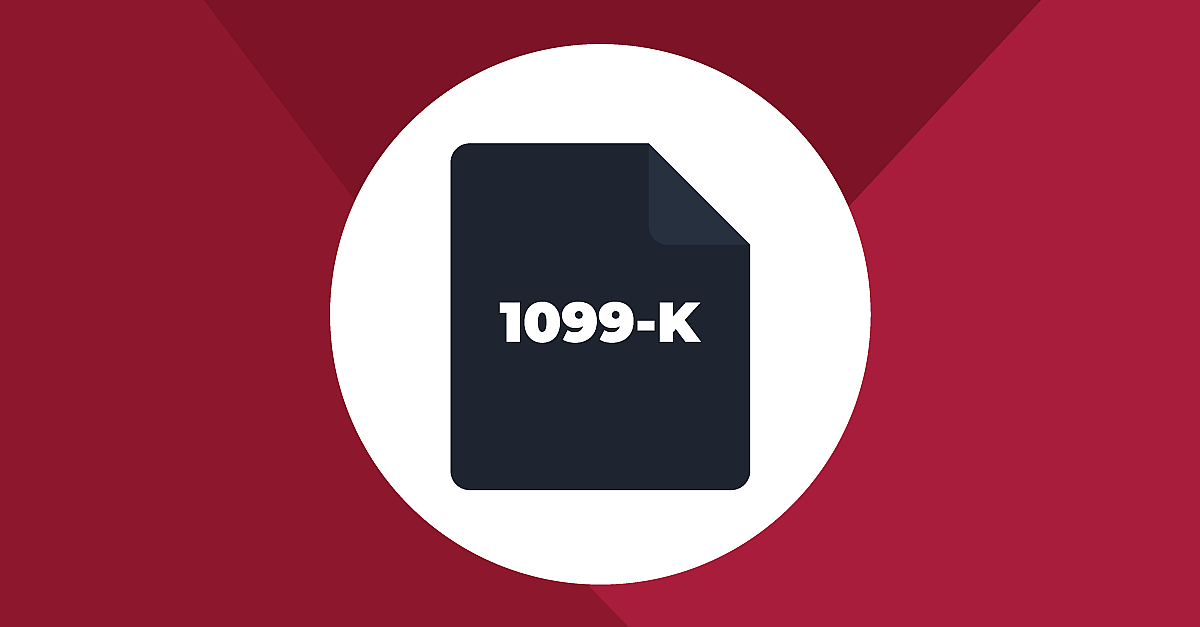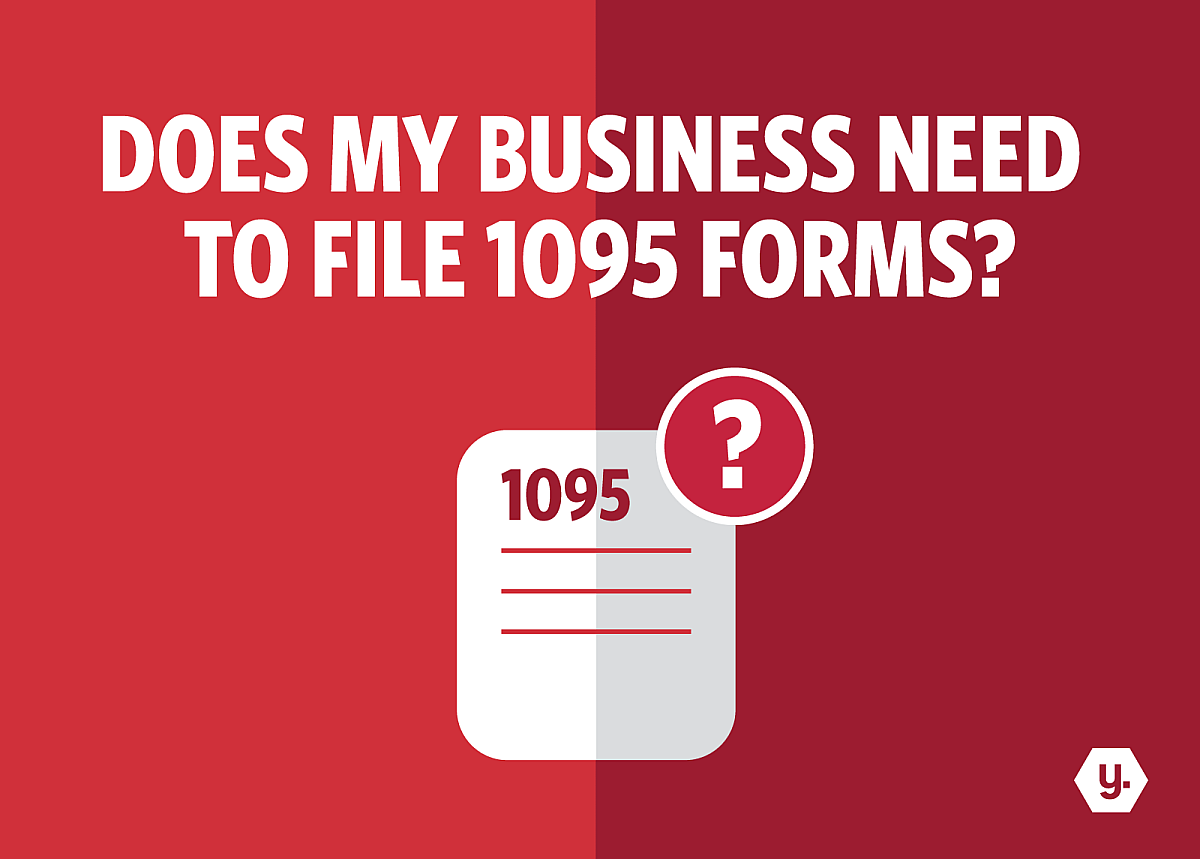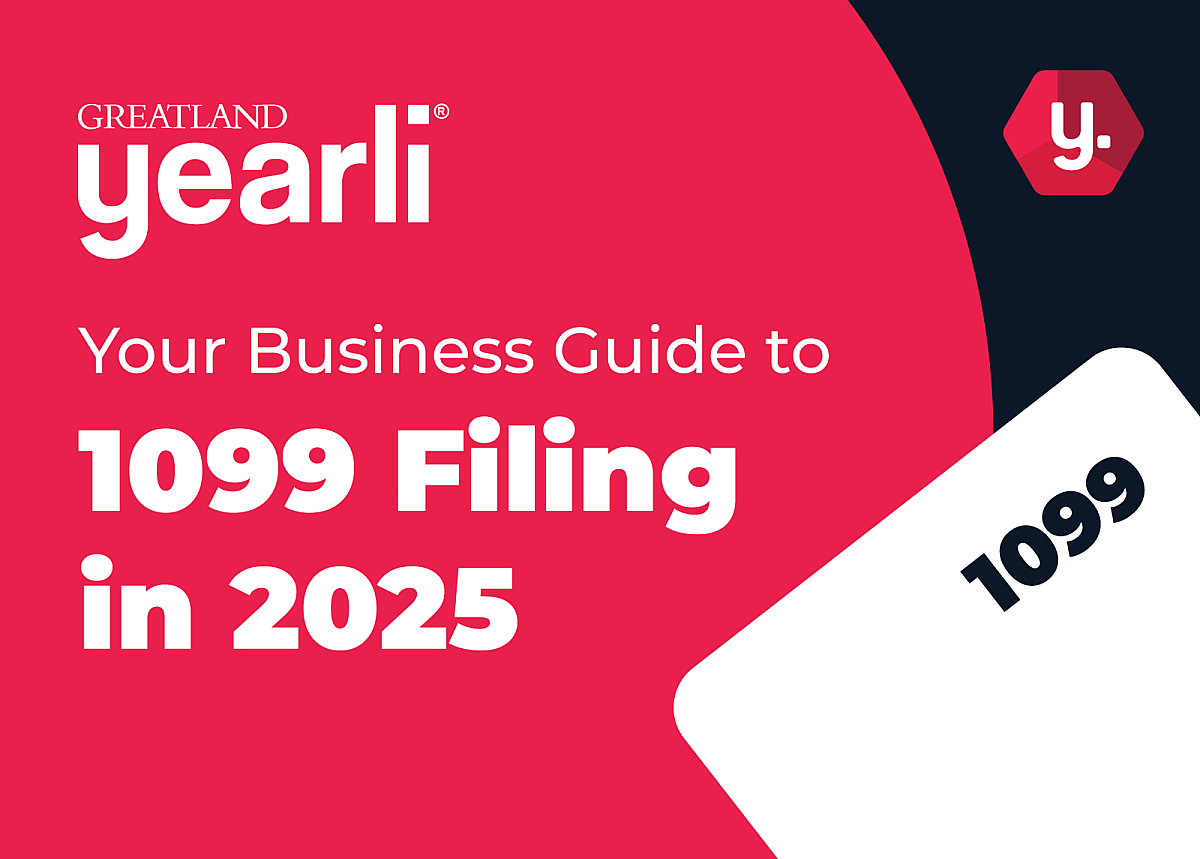
Form 1099-K Threshold Reduction Spells Changes for Gig Economy
Facing a drastically lower reporting threshold associated with Form 1099-K, many gig workers and the third-party settlement organizations (TPSOs) that work with them are both in for a big change this filing season.
Used to report payment card and third-party network payments, Form 1099-K reports the gross amount of reportable payment transactions and does not include any adjustments. Prior to the passage of the American Rescue Plan Act of 2021, the reporting threshold associated with Form 1099-K was $20,000 in aggregate payments and 200 transactions. Now, the threshold has been tremendously reduced to $600 in aggregate payments, with no minimum transaction requirement.
“This is a major decrease in the threshold for reporting and, therefore, the number of 1099-Ks issued will increase significantly this year,” said Janice Krueger, subject matter expert for Greatland, which provides W-2, 1099 and 1095 filing solutions through its online reporting platform Yearli.com.
So what does this change mean for gig workers and TPSOs? Given the robust growth of the gig economy in recent years (think: Lyft, Etsy, Uber, etc.), many more individuals will be receiving Form 1099-K reporting income from gig work.
In fact, an August 2021 survey conducted by Pew Research Center found that 16 percent of Americans have earned money through an online gig platform whether driving for a ride-hailing app, delivering groceries or household items, making deliveries from a restaurant or store, etc. Furthermore, roughly 6-out-of-10 respondents said the money they’ve earned through these platforms has been essential (23 percent) or important (35 percent) for meeting their basic needs, while 39 percent said the income has been nice to have, but not needed.
Regardless of the type of gig platform, whether it is to provide services or sell goods, or the reasoning behind taking up gig work, the 1099-K threshold reduction will prove significant for the gig economy.
“The gig economy has grown substantially over the last several years, especially with the pandemic since many were looking for ways to earn some extra income. Those people performing services through a platform are earning income and, therefore, need to report that income on their tax returns,” Krueger said.
To further explain, consider the following example: Lucy makes jewelry and has decided to sell her jewelry through a digital platform to make some extra money. She would have to earn only $600 in payment for her goods, with no minimum number of transactions in a year, before the TPSO would have an information reporting obligation.
“Many people are turning their hobbies, like making crafts, for example, into a way to receive extra income by selling the crafts over a digital platform. Even though they may think that it’s a hobby, they are earning income. And now, obviously, with the income reporting threshold dropping substantially down to $600,it doesn’t take a lot of sales before a 1099-K will be issued,” Krueger said.
It is important to note that personal payments through a TPSO are not reportable, so keeping accurate records to indicate whether a payment is for business or personal is essential.
To further illustrate this point, consider this: Lucy went out to dinner with a friend and she paid the bill. Her friend then reimbursed Lucy for the cost of her meal via an online payment platform, like PayPal or Venmo. This payment is not reportable because it is a personal transaction for Lucy. Therefore, it is important to keep business and personal transactions separate so that only business transactions are reported on Form 1099-K.
With the changes in the threshold, accurately tracking and recording tax liability (i.e., earned income and incurred expenses) will be especially important for gig workers given that it will need to be reported on their tax return.
For TPSOs, it significantly increases the number of Form 1099-Ks they will be required to file in a given year. Obtaining a taxpayer identification number upfront is especially critical since this number is required to be reported on the 1099-K.
“In preparation for the increase in reporting, third-party settlement organizations should first ask each payee to complete Form W-9, which is a request for a taxpayer identification number. If they haven’t already done this step, they should do it now. The payee’s TIN is required to be reported on Form 1099-K,” said Krueger. “If a payee doesn’t provide a correct taxpayer identification number, then the third-party settlement organization may be required to begin backup withholding.”
Continued Krueger, “Also, it is a really good practice to use a TIN matching program to validate the name and TIN combination provided by the payee actually matches IRS records.”
Why the Change?
By lowering the reporting threshold, the IRS is aiming to reduce the tax gap — which is the difference between what taxpayers owe and what they pay on time — through voluntary taxpayer compliance and information reporting.
As noted in a report by the Treasury Inspector General for Tax Administration (TIGTA), self-employment income is frequently underreported for income tax purposes and IRS tax gap studies estimate that when third parties do not provide information to the IRS, 63 percent of income is misreported.
“With the growth of online platform companies in recent years, which allow people easy and convenient ways to obtain needed services and others to work as self-employed individuals providing those services (also known as the “gig economy”), it is likely that self-employment tax underreporting will continue to be a growing problem if not addressed,” the TIGTA stated.
Echoing the sentiment, Krueger said, “It has been proven that information reporting helps to increase tax compliance because recipients are more likely to report all of their income to IRS when they know that the filer is also reporting that same income to the federal agency. By lowering the reporting threshold, more transactions are now reportable, which equates to more information reporting. That’s the reason why IRS is asking for more and more information reporting. It is to help increase tax compliance and, therefore, close the tax gap.”
Avoid Penalties
It is important to take action to avoid costly penalties and, for gig workers, to help avoid the risk of a potential audit.
Penalties for noncompliance can be as high as $290 per information return. For intentional disregard of the filing requirements, the penalty can be as high as $580 per return.
“Noncompliance can be extremely costly. As far as gig workers are concerned, if they are not reporting all of that income on their tax returns, and now the third-party settlement organizations are showing what that income was through filing directly to IRS, gig workers are putting themselves at a higher risk of being audited,” Krueger said.
To help ensure compliance, it is important to find a vendor that can help streamline the reporting obligation. A filer should choose a vendor that supports not only filing to the IRS, but also state filing and the delivery of recipient copies.
For federal filing, the deadline to issue the statement to the recipient is Jan. 31. If e-filing to the IRS, the deadline is March 31 and, if filing via paper, the deadline is Feb. 28.
While most states follow the federal deadlines, some opt to have their own filing deadlines. That’s why it is imperative to understand your state filing requirements.
Currently, roughly half of the states require 1099-K reporting. While those taxpayers in states without a 1099-K reporting requirement may not have a state filing obligation, they are still required to file to the IRS.
The good news is that TPSOs don’t have to navigate the complexities alone. Implementing a comprehensive online 1099 and W-2 reporting platform, like Yearli.com by Greatland, for example, can help TPSOs ensure they have access to a streamlined and compliant process for meeting all of these filing requirements.
Latest News
-
 November 25, 2025
November 25, 2025New Alternative Furnishing Method for Forms 1095-B and 1095-C Comes with Complexities
The IRS has updated the Affordable Care Act (ACA) reporting process for Forms 1095-B and 1095-C. These changes aim to reduce administrative costs and simplify reporting, but they also create new compliance challenges for employers and health insurance providers.Read More -
 October 8, 2025
October 8, 2025Your Business Guide to 1099 Filing in 2025: Deadlines and Compliance Tips with Yearli
Businesses must prepare for 2025 IRS 1099 filing by understanding key deadlines for Forms 1099-NEC and 1099-MISC and leveraging e-filing tools like Yearli to stay compliant. This guide outlines important dates, recent IRS updates, and practical tips to avoid penalties and streamline the filing process.Read More -
December 30, 2024
Understanding Form 1099-DA: A Comprehensive Guide to Filing for Digital Asset Transactions
As the use of digital assets like cryptocurrencies and non-fungible tokens (NFTs) continues to grow, so does the need for clear tax reporting guidelines. To address this, the IRS has introduced Form 1099-DA, which will be required starting in 2025.Read More
